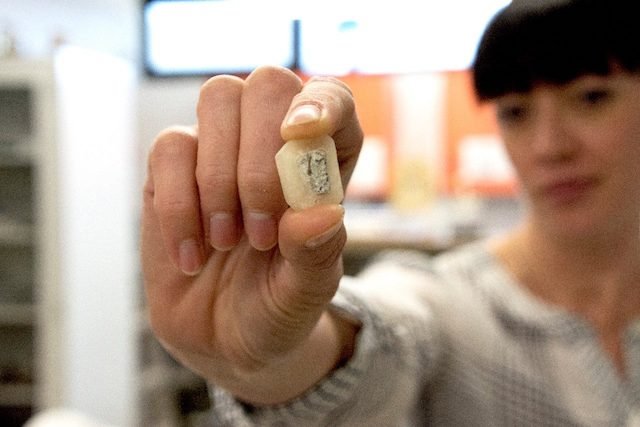
A new study led by Virginia Tech researchers has found fossil fragments of the oldest known frogs in North America.
The fossils included several small pieces of hip bone from Chinle frogs. They are packed into rock and are smaller than a pinky nail.
Chinle frogs are a distant, long-extinct branch of modern frogs.
The team found the hip bones were long and hollow. The bones had a hip socket offset rather than centered.
The bones showed that the frogs were very tiny, just a bit longer than half-an-inch.
According to the researchers, Chinle frogs share more features with living frogs and Prosalirus, an Early Jurassic frog, than to Triadobatrachus, an Early Triassic frog.
The early Jurassic frog was found in the present-day Navajo Nation, and the early Triassic frog was found in modern-day Madagascar in Africa.
Although the fossils are part of the Chinle frog family, the researchers did not name them as Chinle frog.
This is because they want to process microvertebrate matrix that may generate additional skull and postcranial material.
This may help provide more information about the fossils.
The results suggest that the fossils represent the first known and earliest remains of the group containing living frogs and their most-closely related fossil relatives from the Late Triassic.
The finding shows the importance of microfossil collection and analysis for understanding extinct species in the Late Triassic ecosystem.
The researchers also suggest that their discovery may show for the first time that frog fossils are linked to phytosaurs and other early dinosaurs.
The team was led by Virginia Tech’s Michelle Stocker and Sterling Nesbitt of the Department of Geosciences.
Copyright © 2019 Knowridge Science Report. All rights reserved.



